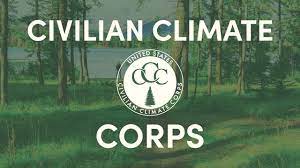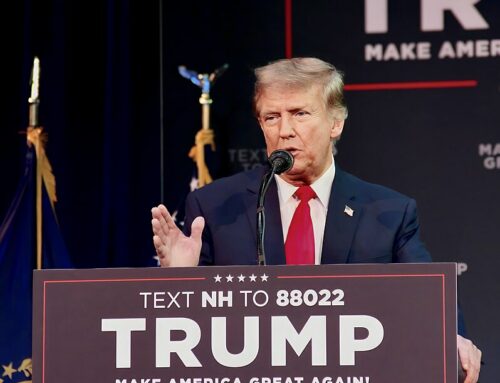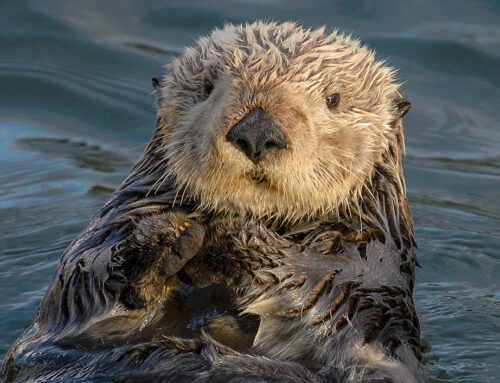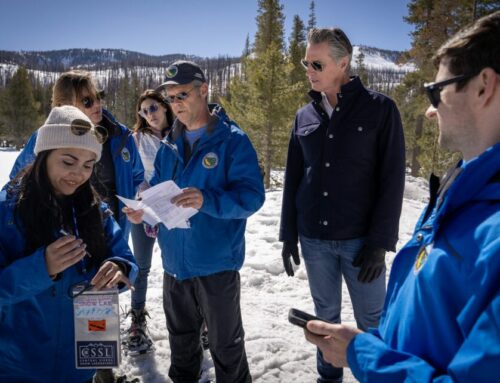by Greg Walcher, E&E Legal Senior Policy Fellow
As appearing in the Daily Sentinel
One paragraph in President Biden’s 2021 climate policy executive order directed a feasibility study for a new CCC, a “Civilian Climate Corps.” Congressional committees asked: What exactly would it do? They have asked about it only occasionally since then, so the president has issued an executive order creating the new program, now called the “American Climate Corps.” Observers are still asking what it is, but also how it can be created with a mere signature.
Biden says it is modeled after the New Deal-era Civilian Conservation Corps (CCC), and international elements of the Peace Corps. Yet neither of those programs existed entirely by executive order. Presidents Roosevelt (1933) and Kennedy (1961) issued those orders with the speedy approval of Congress, authorizing the activity and appropriating the funds. In fact, Biden’s 2021 order specifically said the program could only be developed “within existing appropriations.” Perhaps at one time, even Biden understood that new agencies and programs require congressional authorization.
Presidential power is only limited by the checks and balances of the other two branches, and then only if Congress or the courts decide to intervene. That is rare with executive orders, though when they are based on no authorization from Congress, or in some cases run afoul of the expressed will of Congress, courts have done so. A famous Supreme Court precedent dates from the 1952 case, Youngstown Company v. Sawyer, in which the court invalidated a Truman executive order. Justice Felix Frankfurter pointed out that Congress had considered the specific issue and declined to act. Ditto the new Climate Corps, considered as part of the “Build Back Better Act,” but deleted from the final bill.
The original CCC was aimed at reducing unemployment by giving young men steady work in improving public lands and infrastructure. It was the largest public works program in history, employing over three million men in 2,600 camps. The “CCC boys” planted trees, built roads, campgrounds and other facilities in national parks and national forests. Colorado had 172 CCC camps, whose corps built primary facilities in all its national parks and monuments. They built Red Rocks Amphitheater near Morrison and irrigation projects at Elk Springs, Grand Valley, Pine River, Uncompahgre and Mancos. Land’s End Road up the western side of Grand Mesa was built by the CCC, as was Virginia’s George Washington Parkway along the Potomac, and dozens of other scenic routes nationwide.






